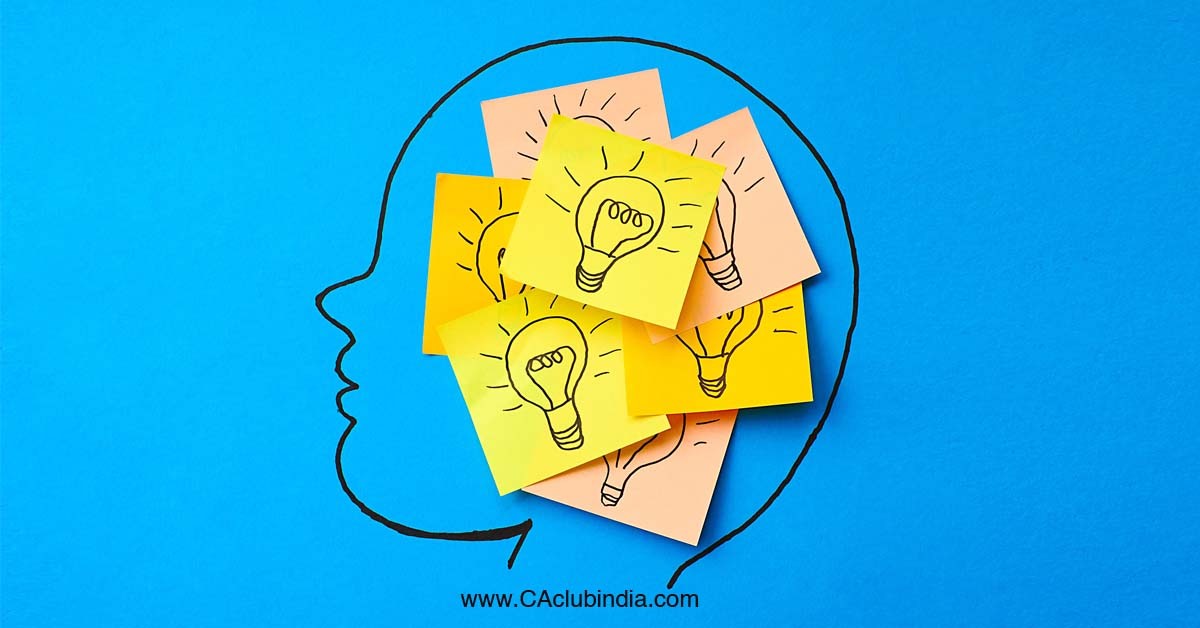Numerous scholars disregard memory development because they assume there's no one-size-fits-all approach to perfecting memory or that "memory structure strategies" do not work in practise, although this is far from the reality.
Memory ways allow you to pierce long-term memory and increase your working memory. These approaches can also help you remember some motifs for months, times, or indeed your entire life. Memorization strategies have a two-fold impact on the brain.
You study the knowledge at hand first, and also you get better at remembering it over time. Your brain becomes better at remembering knowledge when you laboriously engage in ways to make it simpler.
Some important ways which greatly help you concentrate on your studies are-

1. Organize your space
You must be able to concentrate in order to strengthen your memory. Distractions of any type will hamper this, so make sure your study room is clutter-free and equipped with all of the accouterments you will need.
Physical clutter, according to exploration, provides several cues for the brain, making it delicate to concentrate on the work at hand. Drawing and organizing your area can give you important- demanded internal relief. Working in a clean terrain might help you concentrate and be more productive.
2. Get an imagery of the information
Any approach for creating illustrations, graphs, or robustness to deliver a communication is pertained to as visualization. Use the Loci Method, a mnemonic strategy that involves converting particulars to internal images and associating them with specific positions or locales.
To remember a shopping list, for illustration, visualize each item in a different position along a familiar road. Data visualization tools make it easy to examine and comprehend trends, outliers, and patterns in data by employing visual rudiments like maps, graphs, and charts.
3. Mind Mapping
A mind chart is a visual representation of information. A mind chart is a hierarchical illustration that depicts connections between corridors of a larger picture.
Mind Mapping is an important tool for perfecting literacy, knowledge recording, and creative problem working by showing how different data and ideas are related. Continue reading to learn further.
4. Mnemonics
A mnemonic is a type of educational system that's used to help scholars remember essential information. Through the use of visual and/ or audial suggestions, this strategy ties new literacy to being informed.
The operation of keywords, sorting words, or acronyms are the utmost introductory feathers of mnemonic styles.








 CAclubindia
CAclubindia

